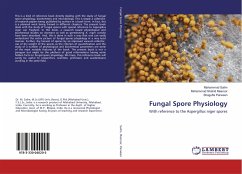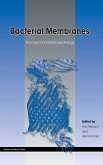Bacterial endospores are dormant structures produced by stressed bacterial cells. Due to their intrinsic resistance endospores are perfect vehicles for causing infection. A number of endospore producing bacteria can cause diseases including tetanus, anthrax and botulism; other spore forming species have been used in biotechnological applications such as probiotics and biocides. Modern molecular studies are providing new insights into the biochemical and biophysical characteristics of spore forming bacteria that may lead to promising new applications, detection methods and therapeutics. In this book expert authors from around the world contribute comprehensive, up-to-date reviews on the current state of our knowledge of bacterial endospores. Topics covered include: gene regulation of sporulation, fruiting body development in Myxococcus xanthus, sporulation in Streptomyces, structure and composition of the bacterial spore, mechanisms of spore survival, germination of spores, spore peptidoglycan degradation, water and cations flux during sporulation and germination, the spore as an infectious agent, heterogeneity in spore populations, detection of bacterial spores, and the expression of recombinant proteins using spores. An essential text for everyone involved in spore research, the expression of recombinant proteins and pathogen detection, this book is also recommended for all scientists that like to keep up with cutting-edge research in microbiology and biotechnology.








